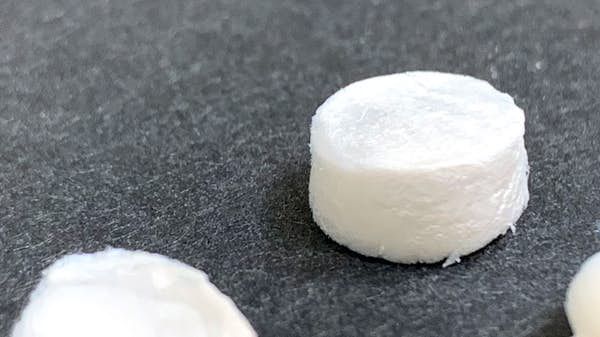Ceramic composition and properties atomic and molecular nature of ceramic materials and their resulting characteristics and performance in industrial applications.
Development of new ceramic materials.
Ceramics played a perfect part in helping dispel dullness.
Ceramics are commonly used in construction consumer products vehicles scientific and industrial.
Ceramics is a category of hard material that is typically manufactured by heating minerals.
Humans have produced ceramics since at least 24 000 bc.
Ceramic materials are unique in the field of materials because of their excellent properties which are highly valued by people and will play a very important role in the future of social development.
Advanced ceramics and traditional ceramics are the main categories of ceramic materials.
Traditional ceramics mainly use natural rocks minerals clay and other materials as raw materials.
Prospects for advanced ceramics development up to the year 2000 are discussed.
Easier digestion and a new range of taste sensations helped to develop cultural cooking with local ingredients.
When there was more time available ancient cultures had the leisure to develop art forms.
These material properties are utilized to produce number of commercial and domestic products such as pottery bricks advanced functional items etc.
Usually they are metal oxides that is compounds of metallic elements and oxygen but many ceramics.
Industrial ceramics are commonly understood to be all industrially used materials that are inorganic nonmetallic solids.
The new type of ceramics is made from high.
Modern ceramics include some of the strongest known materials.
The technology for fabrication of ceramic cells of high temperature filters designed for simultaneous treatment of industrial flue gases for dust and nitrogen oxides was studied.
The current state of development of advanced ceramic materials abroad is reviewed.
Humans have been building with wood since they first moved out of caves but in modern times materials like cement and steel have all but supplanted it for tall buildings.
I powder preparation ii green body formation and iii sintering.
Although ceramics have traditionally been considered insulating materials after world war ii research in material science has led to the development of new ceramic formulations that exhibit semiconducting superconducting piezoelectric and magnetic properties.
These steps are critical to transparent ceramics with high optical properties.
Ceramic processing involves three main steps.
This predates the use of metal.
Ceramic materials can be identified by their general properties like high hardness brittleness chemical stability and low thermal conductivity.
Two types of ceramic cells for use in industrial plants with a two stepped scheme of gas treatment are proposed.
Consequently the development of transparent ceramics is an important and interesting research topic.










